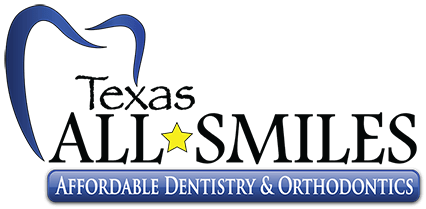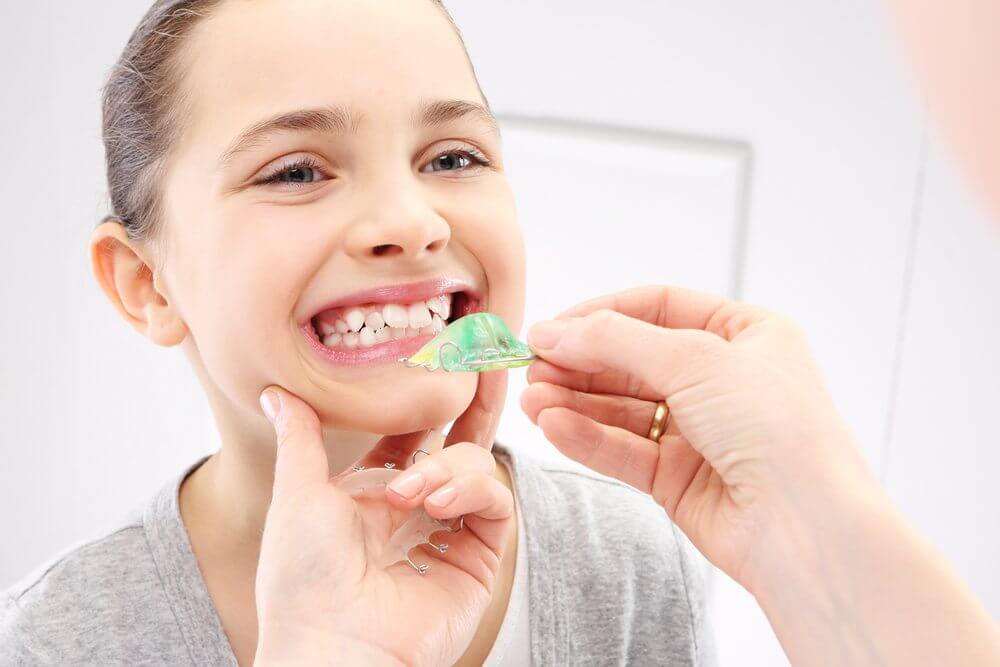Two-phase orthodontic treatments are used as a preventative measure to avoid more complicated procedures in the future and put your child’s teeth on track. When a single orthodontic treatment isn’t enough, you can break up the treatment to include two separate treatments that effectively work to improve your child’s oral health.
The Purpose of the Two-Phase Treatment
The two-phase approach can help mitigate orthodontic issues to prevent future complex treatments and surgeries. The two-phase treatment can help:
- Reduce the need to correct permanent teeth in the future.
- Normalize bite deviations
- Intervene in a child’s abnormal swallowing
- Ensure sufficient space for adult teeth
How the Two-Phase Process Works
Two-phase orthodontic treatment is a dual step method of aligning your child’s teeth and producing a functional bite. Usually, two-step orthodontic treatments begin between the ages of seven and nine, when many of the primary teeth remain in a child’s mouth.
The American Association of Orthodontists recommends an initial screening for every child no later than age seven. Children at this age have achieved approximately 80 percent of their total facial growth and the two-phase treatment can complement the remaining growth.
The appliance used during the first phase can range from braces to removable appliances, depending on your child’s needs. The appliance is worn for a year or two, after that, they’re removed and replaced with a retainer. This resting phase lasts about 3 years. After the resting phase, your child will return to see Dr. Stroumpos for the second phase of treatment.
Phase two of the treatment begins when most or all of your child’s permanent teeth are present. This final phase puts the finishing touches on your child’s smile. It ensures that the function and the smile are in their place.
From start to finish, two-phase orthodontics can take 5 years or more, but most orthodontists and parents believe the results are often worth the extended treatment time.

